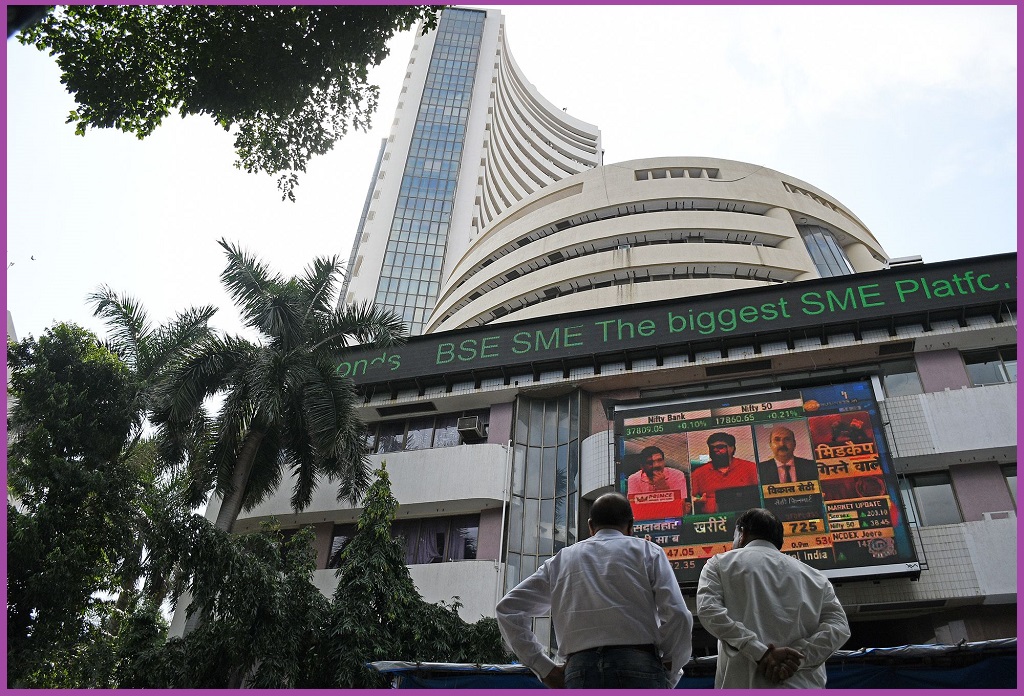The Dynamics of Indian Stock Markets: An Overview
Indian stock markets are a vital component of the country’s financial system, reflecting the economic pulse and providing a platform for investment and capital formation. With a rich history and a robust regulatory framework, the Indian stock markets have evolved significantly over the decades. This article delves into the history, structure, key functions, influencing factors, technological advancements, and regulatory environment of the Indian stock markets.

Historical Context
The history of stock trading in India dates back to the late 19th century. The Bombay Stock Exchange (BSE), established in 1875, is Asia’s oldest stock exchange and one of the world’s ten largest exchanges by market capitalization. It was followed by the establishment of the National Stock Exchange (NSE) in 1992, which introduced electronic trading in India, revolutionizing the market by enhancing efficiency and transparency .
Structure of Indian Stock Markets
Indian stock markets primarily operate through two major exchanges: BSE and NSE. While BSE has a long history and a physical trading floor, NSE has been a pioneer in electronic trading. Both exchanges offer a range of financial products, including equities, derivatives, commodities, and bonds.
- Bombay Stock Exchange (BSE): Known for its benchmark index, the SENSEX, which comprises 30 of the largest and most actively traded stocks in India.
- National Stock Exchange (NSE): Home to the NIFTY 50 index, which includes 50 diversified stocks from 13 sectors of the economy .
Key Functions of Indian Stock Markets
- Capital Formation: The primary function is to enable companies to raise capital by issuing shares to the public. This capital is essential for business expansion, research, and development.
- Liquidity: Stock markets provide a platform where investors can easily buy and sell shares, ensuring liquidity. This is crucial for investor confidence as it allows for the quick conversion of assets into cash.
- Price Discovery: Through continuous trading, stock markets facilitate the price discovery process, reflecting the collective sentiments and expectations of investors regarding a company’s future prospects.
- Risk Distribution: By enabling a wide ownership of shares, stock markets help distribute risk among a large number of investors. This helps in spreading the potential risks associated with business ventures .
Factors Influencing Indian Stock Market Movements
Several factors influence the movements of Indian stock markets:
- Economic Indicators: GDP growth, inflation, interest rates, and industrial production figures significantly impact market performance. Positive economic data generally leads to bullish market sentiment.
- Company Performance: Quarterly earnings reports, management changes, product launches, and other company-specific news can drive stock prices.
- Political Events: Elections, government policies, and geopolitical events can cause volatility in the markets. For instance, policy reforms or political instability can significantly impact investor confidence .
- Market Sentiment: Investor sentiment, often driven by psychological factors, plays a crucial role. Bullish sentiment can drive prices up, while bearish sentiment can lead to declines.
- Global Events: International events such as changes in global oil prices, geopolitical tensions, and economic policies of major economies can have a ripple effect on Indian stock markets .
The Role of Technology
Technology has played a transformative role in Indian stock markets. The introduction of electronic trading by NSE in 1994 was a game-changer, making trading more accessible and efficient. High-frequency trading (HFT) and algorithmic trading have become prevalent, enabling rapid trade execution and sophisticated trading strategies .
Regulatory Environment
Indian stock markets are regulated by the Securities and Exchange Board of India (SEBI), established in 1992. SEBI’s primary role is to protect the interests of investors and ensure the fair functioning of the markets. Regulations cover areas such as insider trading, market manipulation, and mandatory disclosures by companies. SEBI’s stringent regulatory framework has been instrumental in maintaining market integrity and boosting investor confidence .
Conclusion
The Indian stock markets are crucial to the nation’s economic development, offering a platform for capital formation, investment opportunities, and risk distribution. With a robust regulatory framework, technological advancements, and a dynamic economic environment, Indian stock markets continue to evolve, presenting both opportunities and challenges for investors and regulators alike. Understanding the complexities and factors influencing these markets is essential for navigating their future trajectories.
References:
- BSE History – Bombay Stock Exchange
- NSE Overview – National Stock Exchange
- NIFTY 50 Index – NSE India
- Role of Stock Markets in Capital Formation – Economic Times
- Impact of Political Events on Markets – LiveMint
- Global Influences on Indian Markets – Business Standard
- Technological Advancements in Indian Stock Markets – Financial Express
- SEBI Regulations – SEBI

EDUBRUG is a top educational institute known for offering the best stock market courses in India. Our goal is to make financial markets easy to understand and help people learn about trading. Eduburg has quickly become a popular choice for those who want to become successful traders and investors. Our experienced faculties, who are certified, provide practical training in stock trading, technical analysis, and financial planning. Eduburg is dedicated to providing high-quality education, ensuring that our students gain the skills and confidence needed to succeed in the stock market.